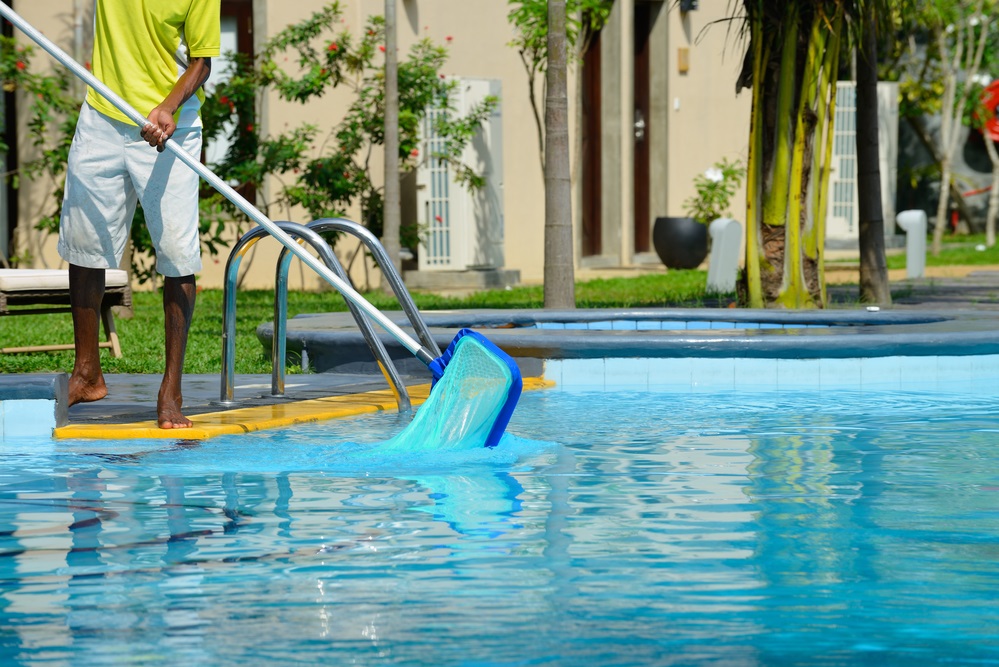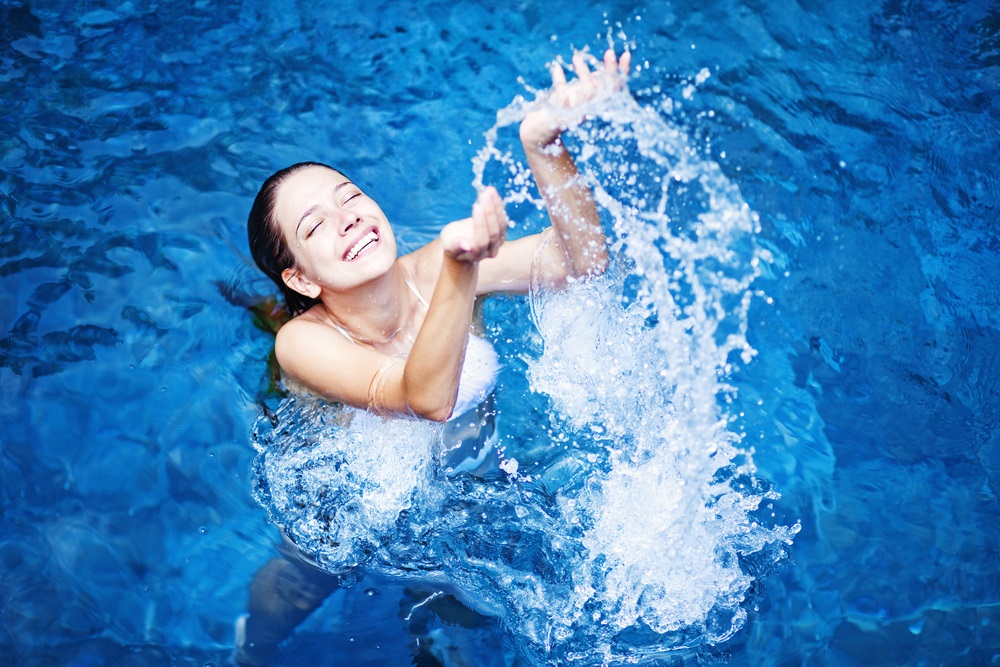Circulation Tips For A Cleaner Pool
How often do you think of your swimming pool’s circulation? That wasn’t a trick question, but we’ll bet that unless you’re a pool service contractor, you don’t think about your pool and its circulation very often. If you work with a pool contractor, frankly, you don’t have to think about the circulation because he will do that on your behalf.
A swimming pool owner, though, should know what goes on in their swimming pool, why and how to address items that are out of the ordinary when they notice it. When you work with a swimming pool contractor, he will let you know when there is an issue with your pool that needs to be addressed and he will offer his expert advice.
What makes “good” pool circulation happen?
“Good” circulation is achieved through your pool pump and filter. The pool pump circulates the water by drawing it in from the pool and pushing it through to the skimmer. After the water is drawn in and it goes through the filter, the filter jumps into action. It cleans the water by filtering out miniscule particles that you can’t see with the naked eye and that you won’t be able to skim out with the pool skimmer. A functioning relationship between the pump and filter assures that your pool water remains clean and bacteria-free.
Once the pool filter has done its task, it will push the water back into the pool. When you’re in the pool and see the little jets on the side of the pool where water is being pushed out, that’s where the clean water is coming from. In some instances your pool will have more than one jet to push the cleaned water back out into the pool.
Ask your pool contractor whether the jets in your pool are multi-directional. If not, you may want to ask about getting a few that are. With this type of jet you can change the direction in which the water is pushed back into the pool and changing the direction will help the water circulate.
How can our pool’s circulation be improved?
Multi-directional return jets are one great way to improve the water circulation. Mix it up and get the water flowing in new and exciting ways to keep it moving!
If your swimming pool only has one jet you will want to make certain that jet is directed to the opposite side of the skimmer and facing down. Having it in this way will help circulate more water, faster, and it will also move the water that’s on the bottom of your pool back to the surface. Circulating the water also circulates the chemicals and distributes them throughout the pool.
What is a “dead zone”?
A dead zone or dead area in your swimming pool is that space where the pool circulation is lacking. These dead zones/areas can be found:
- In and around the swimming pool steps
- In all creases, cracks and crevasses
- Beneath the skimmer
- Behind the ladder
- In the deep end of the pool if you don’t have enough jets there to move the water
It may not be possible to address all dead areas in the pool. If they can’t be addressed by adding more jets or changing the directions on a multi-directional jet, you need to be more diligent in cleaning those areas.
When you brush your swimming pool you are moving the water around and enhancing the circulation. Brush your pool at least once a week and concentrate on those areas that are not receiving the circulation that they should. When you’re brushing you are breaking up any microorganisms such as algae or other bacteria. If they are removed from the walls and floor and can circulate back into the water, into the pump and through the filter, they will be cleaned and then pushed back into the water with the bacteria removed.
Do you know your pool’s “turnover” rate?
The pool turnover rate is all about the length of time it takes to circulate every gallon of water in the pool through the filtering system. Your pool contractor can run the numbers for you and let you know. The importance of this number is it will let you know how many hours a day the pool pump needs to run in order to “turn over” all of the water in the pool. If you don’t want to do the math, plan to run the pool pump between eight and ten hours per day to help assure the water is turned over at least once daily.
What can you do to help with the water circulation?
- Run the pump as long as your pool contractor recommends, or at least eight to ten hours a day
- Clean the skimmer and pump baskets regularly
- Direct at least once of the pool jets toward the bottom of the pool to circulate the water
- Brush the pool at least once a week and concentrate on the dead zones
- Angle return jets in a way that the water is being spun in a circular motion


